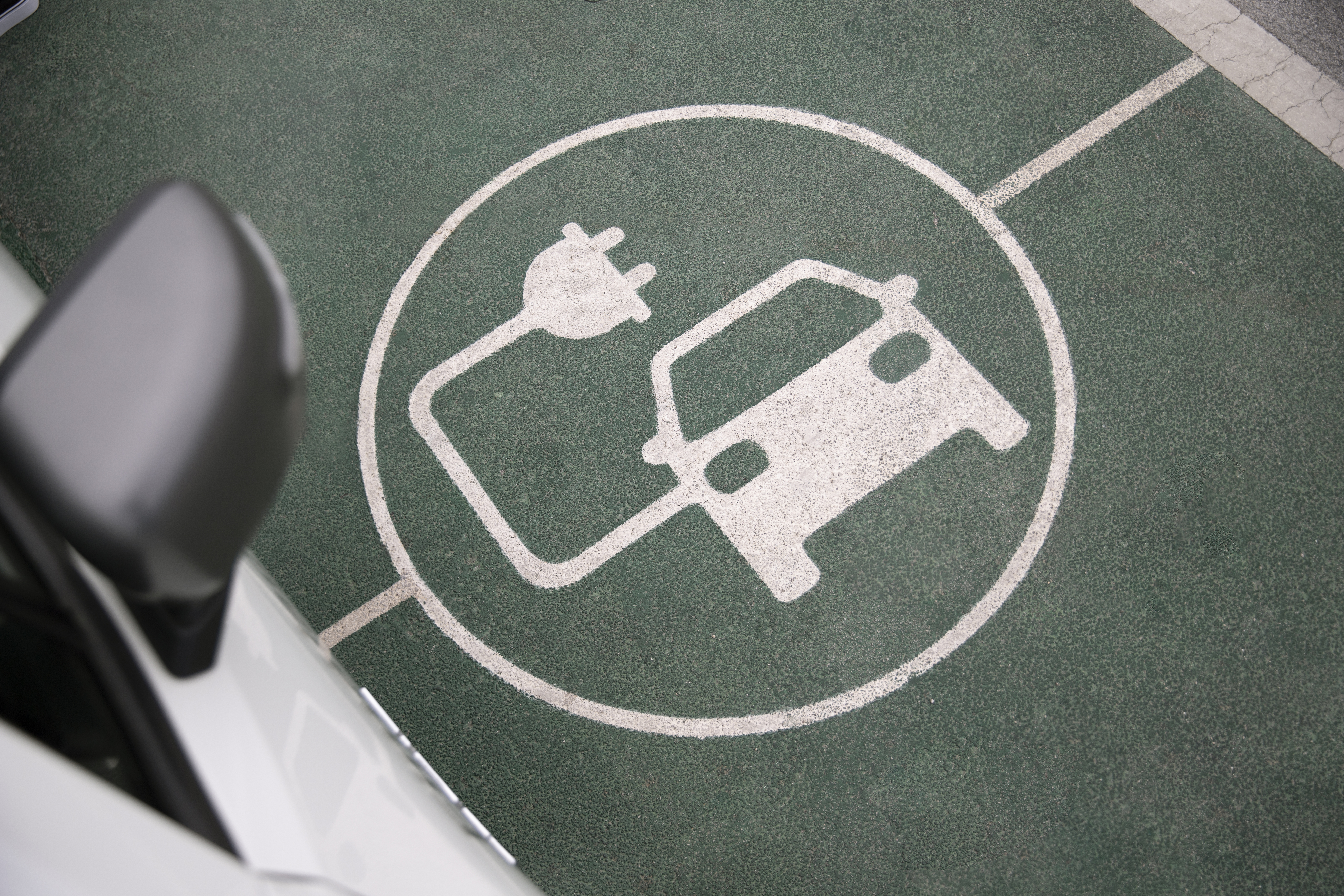As we are all aware, the looming impact of climate change has sparked fear across the globe. Developed countries are under immense pressure to achieve net zero as soon as possible. Governments are scrambling for cost-effective solutions to help achieve this goal. One scheme that will affect every driver in the UK by 2030 is the ban on the sale of new diesel and petrol cars. The struggle is passed to car park operators and local authorities to build EV infrastructure to attain this objective. However, have they been given the resources and knowledge to execute it successfully?
The reasoning to ban fossil-fuel-guzzling cars is sound, and the change poses a wealth of benefits. Even more so, we are progressing, but the progress is slow, and we have a long way to go.
EV Infrastructure: Room for Improvement
Poor General EV Infrastructure
If you own an electric car, you will know the pain of navigating the endless apps available as a driver. There are so many networks that all require individual apps for which drivers must create an account. However, there is an alternative. Scotland has a universal government-owned network (ChargePlace), eliminating the frustration of multiple apps. Rolling a universal network on a national level has immense benefits for the consumer and needs serious consideration for the longevity of EVs in the United Kingdom.
As technology advances, there is a need for fast-charging devices. Long-distance drivers must thoroughly plan routes to identify charge points. The range of vehicles is currently insufficient, and it is up to car park operators, local authorities and energy suppliers to support drivers.
Collaboration & Direction to Build EV Infrastructure
The UK government has committed £2.5 billion in funding to local authorities to support the rollout of EV infrastructure. However, little advice and direction have left local authorities struggling to support the move. Additionally, some local authorities feel uneasy about rapid change. Is there longevity in EVs? What happens if there are power outages? Is there enough funding? Is it their responsibility to provide EV charging?
The questions are limitless, and it is not surprising that some councils resist change. Consequently, some local authorities have decided not to take advantage of the funding and have not instaled any charging points.
Payments
As mentioned, it is difficult for drivers to pay for their charging when so many apps exist. Additionally, most sites that offer to charge are also car parks. In all current models, drivers must make two separate payments. As the providers are entirely independent, it is impossible to link payments. Fortunately, the British Parking Association has created the Alliance for Parking Data Standards to develop a global standard for parking organisations to share data across all platforms. This scheme looks into ‘bundled payments’, paying for more than one service with one payment. If successful, the new model could benefit drivers by simplifying the process. Although, it causes difficulty for car park operators’ back-office staff when trying to validate these payments. Fortunately, there are solutions on the market to overcome these challenges.
EV Infrastructure: Improvements to Date
Funding for EV Infrastructure
As mentioned, the UK government had provided £2.5 billion in funding to local authorities to improve EV infrastructure. The UK government state it is the role and responsibility of local authorities to:
- proactively supporting and delivering the rollout of electric vehicle charge points
- helping to ensure the transition is integrated into wider local transport and community needs
Additionally, the government states that they understand there are actual and perceived barriers to the rollout of charge points. They have provided publications and resources which provide some support.
The funding includes other schemes that aid drivers and employers in introducing charge points in their homes and workplaces.
Additional Revenue
Before introducing electric vehicles, the general public filled their cars at petrol stations and parked them in car parks. Two separate entities. Now, the segregation is blurred. Although there is an argument around whether it is the responsibility of local authorities to provide EV charging at public car parks, it does seem logical. To coin a phrase, killing two birds with one stone. It not only benefits drivers through sheer convenience, but it also allows local authorities and car park operators to gain additional revenue. Once limited to solely parking tariff revenue, EV charging poses the opportunity for long-term money-making. There are issues around funding, maintenance and whether existing site infrastructure can support introducing EV charging. However, it suggests that if the central government can erase these concerns, this new mutual-beneficial partnership will reward drivers and car park operators.
Cheaper for Drivers
The environmental benefits are clear. Although, the bi-products of the change do have their advantages. One mentioned above – a new revenue stream for local authorities and car park operators. However, there are also direct benefits to drivers.
The cost of new Electric Vehicles is around 5-10% more expensive than the alternative. The price increase intimidates drivers, especially as the UK go through a cost-of-living crisis. However, in the long-term, do electric vehicles provide value for money? The simple answer… yes. Studies show that fuelling electric vehicles saves drivers up to 50% of their usual fuel/diesel fill-up. The savings over time are likely to exceed the initial additional cost. Additionally, as part of the £2.5 billion in funding supplied by the UK government, drivers have access to £2,500 grants to alleviate the initial capital investment.
So, what’s next?
The move to electric vehicles is necessary. To improve the direction of climate change, all efforts must be made. It is clear that we have made progress. The government has provided funding, technology is improving, and the rollout has begun. The move to EV is incentivised and benefits both drivers and car park operators.
However, so far, the central government have not succeeded in gaining support, commitment and investment from all local authorities and car park operators. The concerns spread far and wide, and we need a strong and clear direction to improve EV infrastructure. The importance of the success of electric vehicles is potentially planet-changing. The rollout must be better supported.






